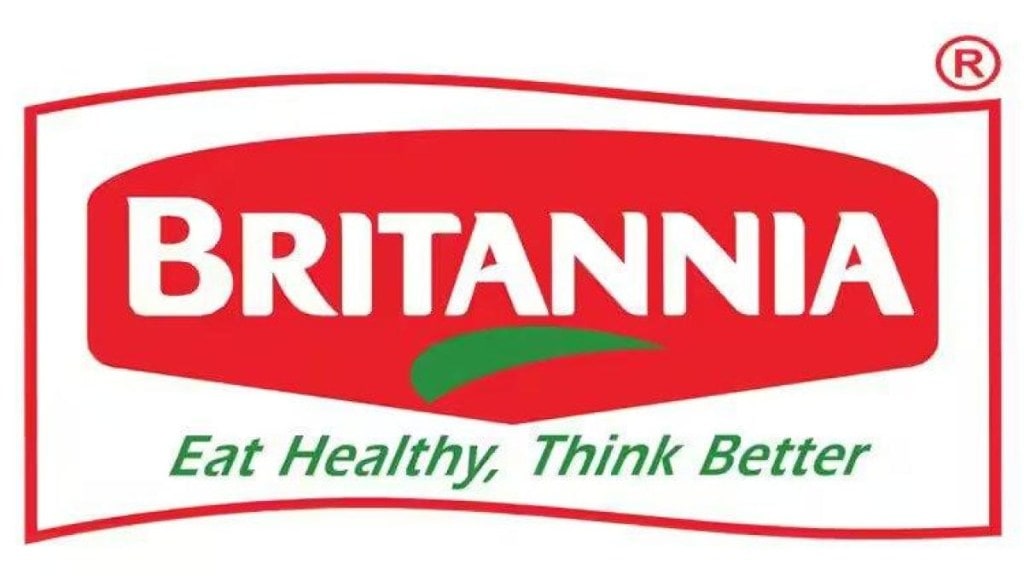India’s villages are emerging from a sustained slowdown experienced in FY24, with share gains in rural areas being 1.25 times more than in urban areas in the June quarter of FY25, Britannia’s executive vice-chairman & MD Varun Berry said in an earnings’ call on Monday. These share gains have led to an 8% volume growth in Q1 for the company, despite implementing price cuts of around 2% to stay competitive.
“Rural demand is picking up after a lull that was visible over the last two years. The previous year has been challenging from a rural perspective, but rural markets are now on the revival path and we are seeing green shoots,” Berry, 62, stated. The company, however, will monitor the progress of rural areas and the monsoon season over the next two months, he added.
“If there is anything that is required in a certain region in terms of brand, pricing, variant or recipe, we are ready to do all of it,” Berry said of the firm’s rural and regional strategy.
The coming months may also see the biscuit major implement a price increase of around 4-5% due to commodity inflation, Berry said. Milk, wheat flour and cocoa prices have surged compared to the previous year. Wheat flour prices have increased by around 7%, while cocoa prices have jumped by 34% year-on-year. Skimmed milk prices are also expected to rise, Berry added.
“We will, however, look to strike a balance between commodity inflation and pricing action, given the competitive intensity from small and regional players. Our focus remains on topline growth, and we are willing to sacrifice margins slightly to build a future-ready business,” he said.
Berry also stated that Britannia had expanded direct distribution of its products to 2.82 million outlets out of a total reach of 7 million outlets in the June quarter. This represents an increase of around 30,000-35,000 outlets sequentially, according to the analysts, all of which were added in rural areas, where Britannia has been aggressive in expanding direct reach over the last few quarters.
The company has also increased investments in brands and innovation to ensure brand visibility and saliency amid growing competition from smaller players. For instance, the company introduced new variants such as Pure Magic Stars and 50:50 Golmaal in biscuits to drive consumer excitement and strengthen its brand franchise, Berry said.
The Bengaluru-based company, which derives 75% of its revenue from biscuits and 25% from non-biscuit categories such as cakes, rusks, dairy products and bread, expects the second quarter of FY25 to be slow in terms of sales growth due to a high base in the previous year. However, this should rapidly gain pace by the second half of the current financial year, led by double-digit volume growth.
The company is also planning a new route-to-market (RTM 2.0) model aimed at growing adjacent or non-biscuit businesses at 1.5 times the rate of its core biscuits portfolio.

